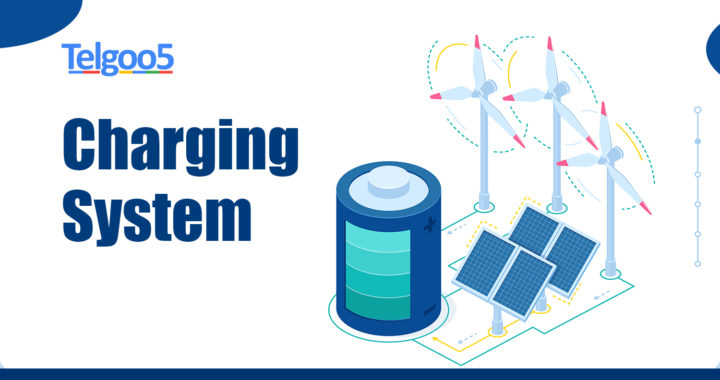Telecom industry is growing at a rapid rate. The number of subscribers is increasing fast and so is the responsibility on the shoulders of telecom operators. Due to the variety in type and scope of services, every operator is scrambling for the best billing system in the market.
Telecom Charging Options in 2021
In 2021, telecom operations are expected to see a rise in demand. The chaos created by Covid-19 pandemic has enforced lockdowns, which have forced people to work from home. As a result, there has been a considerable rise in the use of telecom services, especially data services for maintaining a direct link between employees and their employers. We are seeing heavy use of video-conferencing and cloud-platforms such as Zoom and Microsoft Azure respectively. The scope of billing has increased and telecom operators need a dedicated charging platform to bill their services. There are two options for that:
Offline Charging System
This one is the cheaper option and works well when you do not need to charge services in real-time. After a service has been used by a subscriber, it is not updated instantly. Depending on the type of OFCS, the service utilization is written into the billing system after a preset time limit. Because of the fact that the processing requirements are not too high, the OFCS is a lot more economical.
Online Charging System
An Online Charging System (OCS) is a real-time charging system that has higher processing power and hence, costs more than OFCS. But it makes up for its increased cost by providing telcos a dedicated real-time charging platform. With an OCS, it becomes possible to charge both events and sessions via a single platform. For example, you can charge and rate calling minutes (session based) and SMSes (event based) at a single point. As a result, telcos can send consolidated invoices to their customers, which have every charge printed on them.
To implement an OCS as per 3GPP specifications, you need to conform to the telecom charging architecture. The various elements of the billing system such as PCRF and PCEF need to be connected directly. The link between the PCRF and OCS needs to be direct as well as real-time in nature for ensuring accurate charging without any revenue leakage.
Improved OCS Functionality with Diameter Credit Control
Diameter interface is an essential part of telecom architecture. It serves the purpose of authenticating, authorizing and accounting for different telecom transactions that take place every day.
Diameter credit control has a huge say in the quality of real-time charging performance. The best OCS makers are very good at implementing credit control, which automatically leads to better charging and less chance of customer exceeding allotted quota. Some major functions of diameter credit control in online billing are:
• Authorization and abandonment of allotted quotas for the customers
• Quick and accurate balance checks at just about anytime
• Lays down the specifications for complex issue handling in telecom charging
Smoothen Telecom Operation with a Standard 3GPP Compliant OCS System
Diameter credit control is very good at implementing specifications for telecom charging such as credit/debit, price enquiries etc. A standard 3GPP compliant OCS system is fine-tuned to meet the modern-day requirements of telecom operators. Most top telecom operators such as Mobile Network Operator (MNO) have in-house development teams that create charging systems. For small-scale players such as Mobile Virtual Network Operator (MVNO), it is harder to create their very own systems from scratch. Therefore, they need to switch to a 3GPP compliant OCS system that has Diameter Credit Control implemented correctly. A quality OCS system provides the following advantages to telcos:
Convergent invoicing
As all the charges can be now represented on a single piece of document, you are able to perform proper convergent billing. With an OCS, even a small reseller MVNO can administer multiple services such as broadband, mobility, video streaming; and send a single invoice to its subscribers. As a result, it can bring in more transparency into the billing procedure and improve customers’ trust and interest in its services.
Faster monetization to compete with fast service launchers
The success in telecom industry is not only governed by creativity, but also your ability to bring that innovation to the market quickly. A top-of-the-line OCS system allows you to launch a service as soon as you envision it. This is only made possible due to the flexibility offered by OCS. You can bundle as many services as you want, and in an order that you want. The results are often very positive for businesses. Especially for MVNOs, it won’t be possible to compete with quick service launching MNOs who have deep pockets and a readymade network. In this regard, an OCS is an absolute must-have in 2021.
At Online Charging System, we are always looking to enhance our charging platform, so that it stays on par with current standards.
Summary
In these times of complex business setups, telecom industry is also evolving rapidly. Diameter control system specifies many core telecom functions. A top billing system has a quality charging system at its heart, which is excellent at credit control. A quality OCS allows you to monetize services quickly and stay transparent in your day-to-day billing. As a result, the quality of billing improves and even small telcos are able to compete with major players in the market when they have the right OCS system.
